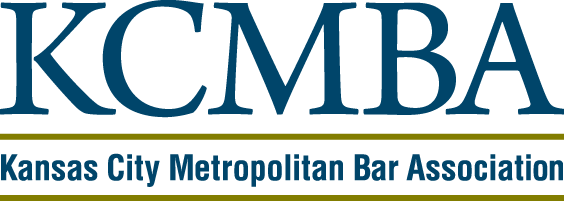
Table of Contents
 C-Qur hernia mesh problems: A comparative study of five hernia meshes.
C-Qur hernia mesh problems: A comparative study of five hernia meshes.
Hernia repair is one of the more problematic surgeries due to the high risk of complications. Laparoscopic repair is preferable to open repair, because laparoscopic repair often has fewer infections and a shorter hospital stay. Laparoscopic hernia repair also results in a smaller incision and scar. However, in laparoscopic repair, the hernia mesh becomes a lead point for adhesion formation. Adhesions are similar to scar tissue, but are incredibly painful and can cause serious organ and tissue damage. Despite the potential hernia mesh problems, many physicians still utilize mesh during hernia repair.
A 2013 study compared five commercially available hernia meshes. The study revealed that nearly all of the coated polypropylene hernia meshes were equal in effectiveness and minimizing adhesions. However, the Atrium C-Qur Edge mesh was inferior to the other studied hernia meshes. The C-Qur hernia mesh showed the weakest incorporation, meaning it didn’t adhere well to the inner lining of the body. Lack of incorporation can lead to pain and mesh floating or moving throughout the body.
The First Fish Oil Coated Hernia Mesh
Atrium’s C-Qur hernia mesh is unique because of the Omega-3 Fatty Acid (O3FA) coating on the polypropylene mesh. The coating is intended to decrease the risk of an inflammatory response to the polypropylene. The study noted that the O3FA coating was probably the cause for the lack of incorporation. The study also noted that the O3FA coating did not decrease adhesion formation in the body. The O3FA coating is likely the cause of patients C-Qur hernia mesh problems.
The Coating Goes Away!
The coating is also designed to be absorbed by the body. Atrium has changed its stance several times on how long it takes for the fish oil coating to be absorbed by the body. Apparently it can be anywhere from a few weeks, to a few months, to maybe a few years. Regardless, once the fish oil coating is gone, bare polypropylene is exposed to tissue and underlying organs. Polypropylene causes a chronic inflammatory response.
Stop Implanting C-Qur Hernia Meshes!
All surgeons should stop utilizing the C-Qur hernia mesh for hernia repair. The fish oil coating and polypropylene are only a few of the C-Qur’s many defects. The C-Qur hernia mesh itself is unable to be properly sterilized, leading to extremely high rates of infection. Hospitals, physicians, and patients alike should rule out the C-Qur hernia mesh as a safe option.
Experienced C-Qur hernia mesh problems? Call the Hollis Law Firm.
If you’re suffering hernia mesh problems after being implanted with a C-Qur mesh product, you may be eligible for compensation. The Hollis Law Firm is a leader in hernia mesh litigation; our experienced staff is here to help you. All case reviews are confidential and risk free. We work on a contingency fee basis, you never owe any money unless we win your case. Hernia mesh problems are painful, stressful, and confusing. Call us at (800) 701-3672 to learn more on the C-Qur hernia mesh lawsuit.














